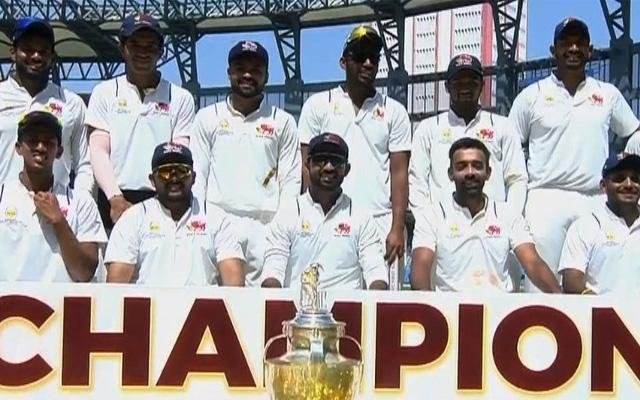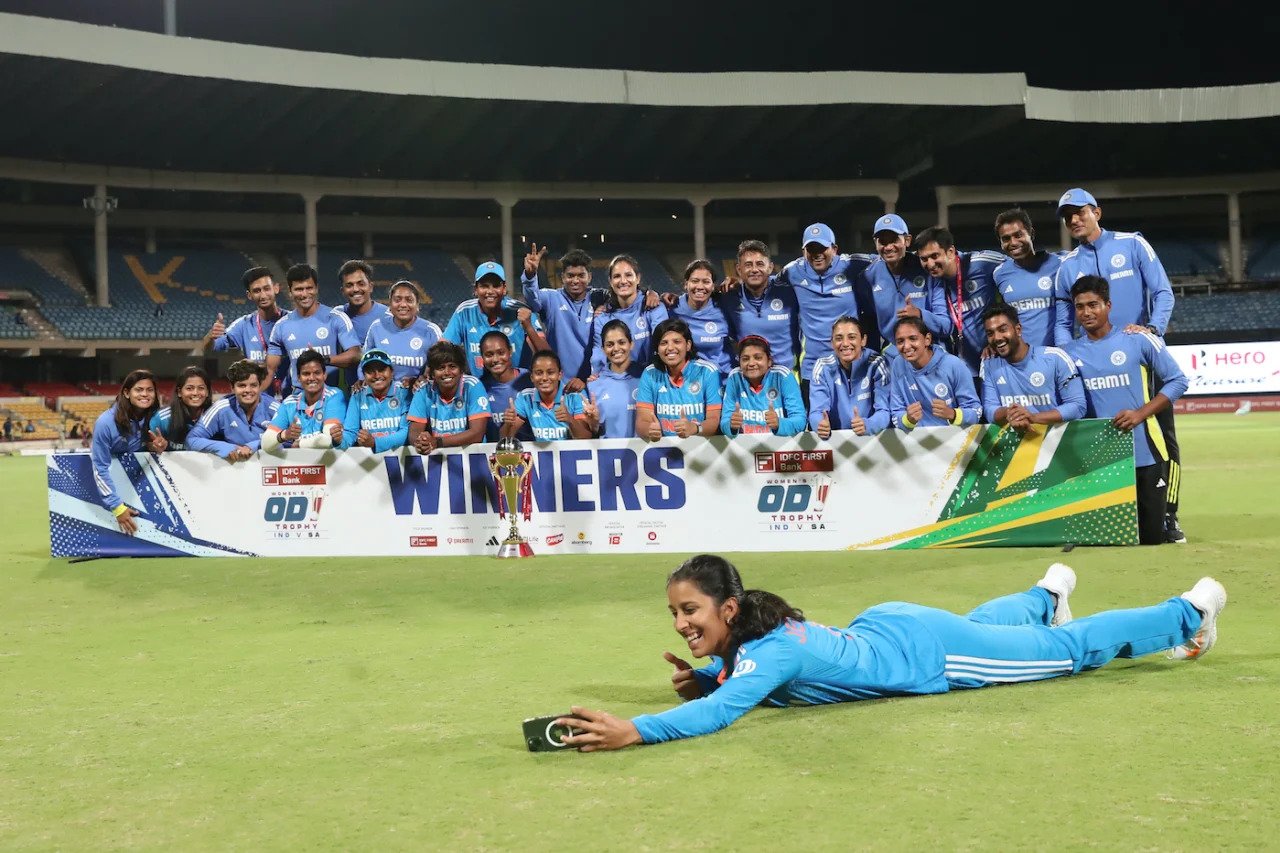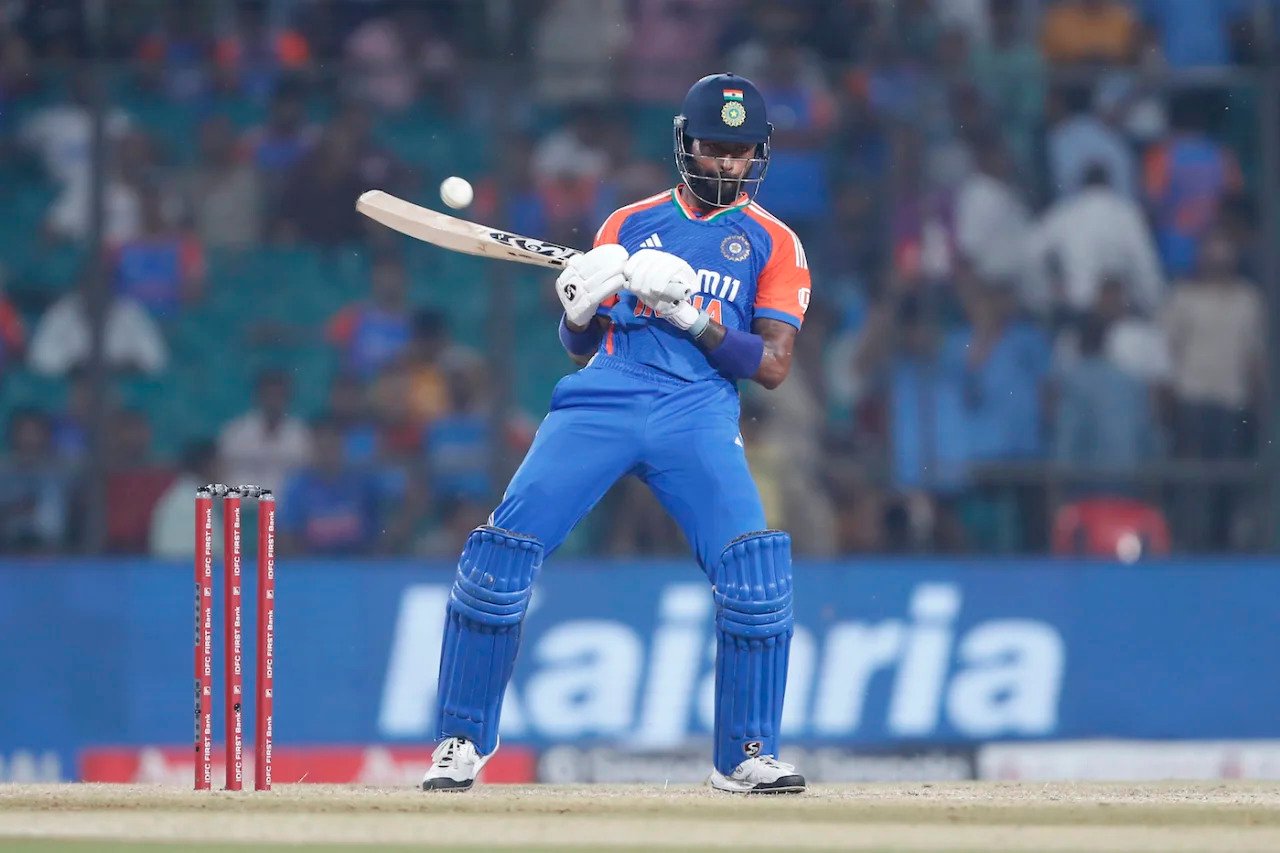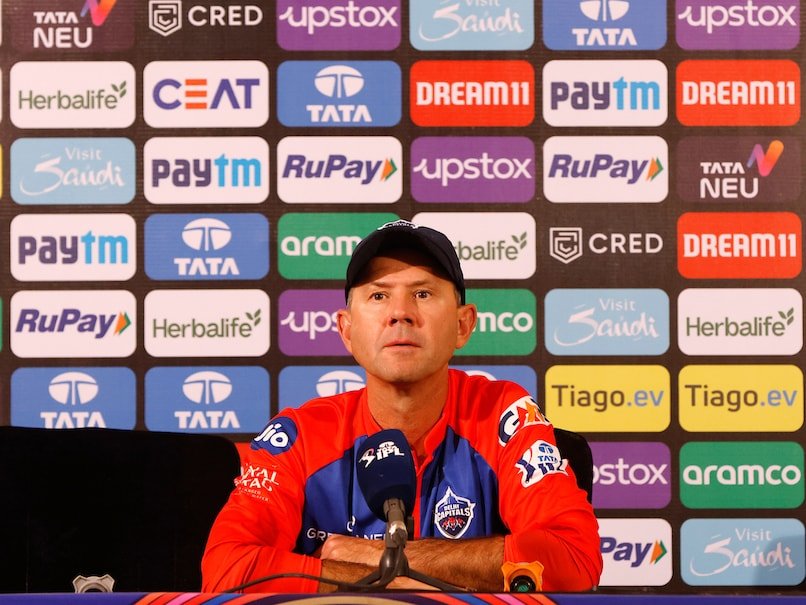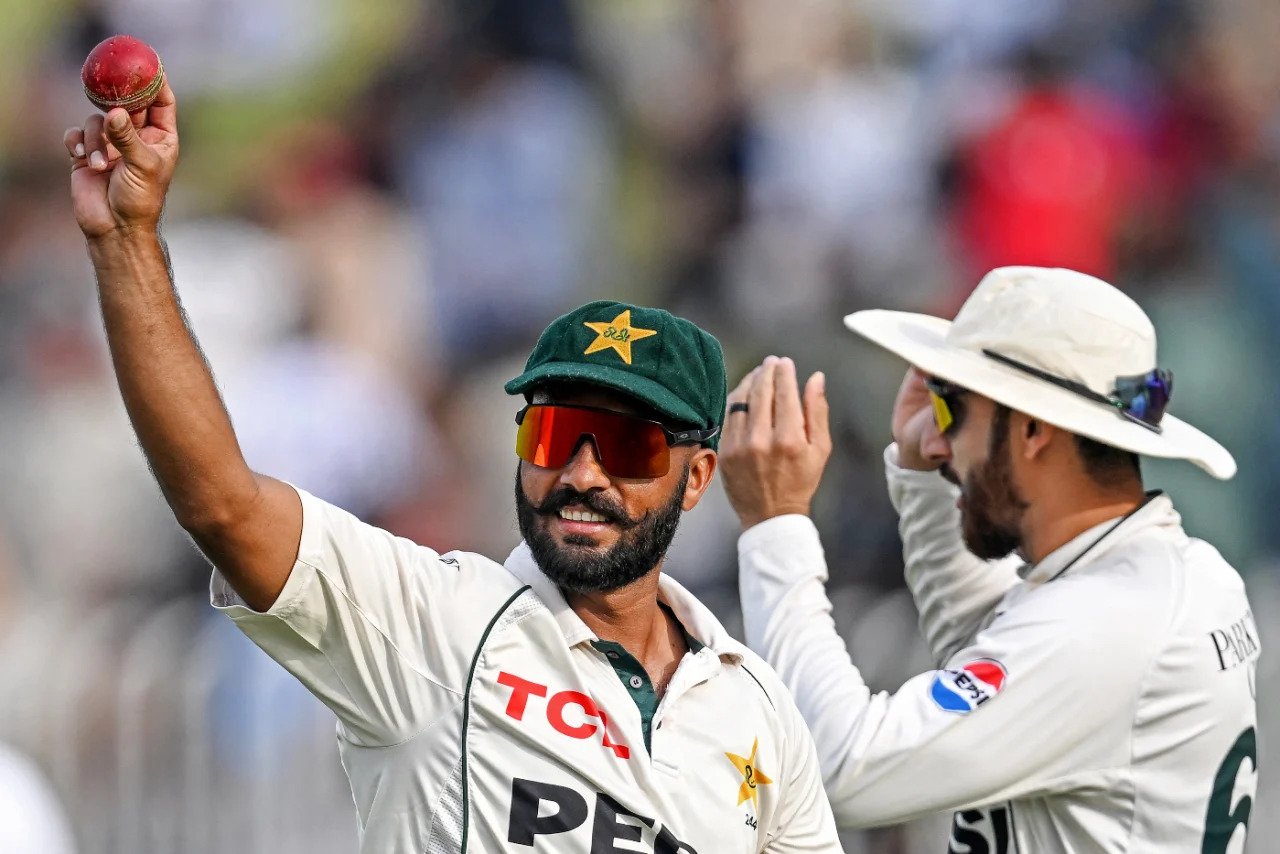MS Dhoni and Suresh Raina guided Chennai Super Kings to their first-ever IPL title over Mumbai Indians in 2010 IPL final at DY Patil Stadium.
Another feather has been put to MS Dhoni’s captaincy hat. He was the catalyst for the turnaround against the tough Mumbai Indians assault. His deputy, Suresh Raina, took advantage of two mishandled catches to score a vital fifty, and the Chennai Super Kings emerged victorious in the third IPL match thanks to their aggressive, astute, and stylish defence.
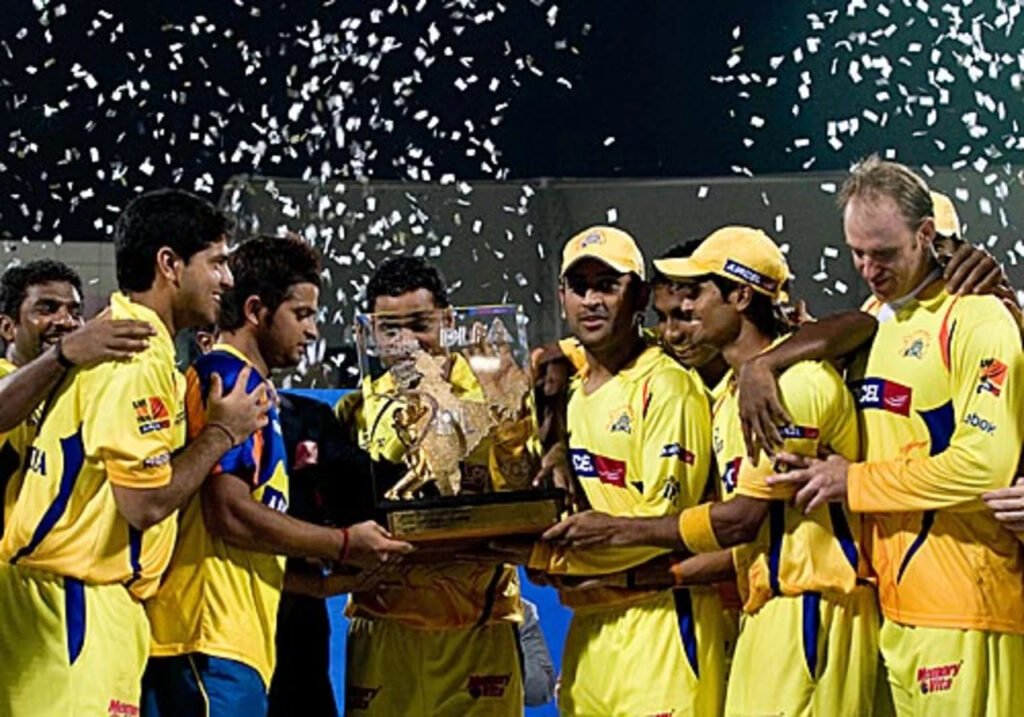
Mumbai Indians 146 for 9 (Tendulkar 48, Pollard 27, Jakati 2-27) were defeated by Chennai Super Kings 168 for 5 (Raina 57*, Dhoni 22, Fernando 2-23) by a margin of 22 runs.
When Dhoni entered the game, Chennai were suffering at 68 for 3 after 12 overs. Eight more runs were added, and Raina scored 44 at a strike-rate of 200 following the opening delivery. With the victory, the tournament saw four straight one-sided knockouts.
Since R Ashwin gave Mumbai’s defence its first over, Mumbai has never posed a serious danger to Chennai. With a split webbing, Sachin Tendulkar scored a laborious 48 off 45 in his least fluid innings of the competition. Mumbai made some odd attempts at promotion, with Harbhajan Singh and Abhishek Nayar bombing, and even at the end of the fifth wicket, when 69 off 31 was needed, Kieron Pollard was not the guy leaving the dugout.
Chennai had no issues with their tactics; they stuck to the tried-and-true strategy of holding onto wickets despite their poor start, and by the end of the Powerplay, M Vijay had made a very respectable 40 for no loss. In the eighth over, Dilhara Fernando restored Mumbai’s fortunes by dismissing Vijay with a slower ball that required two fingers. Matthew Hayden’s 31-ball, 17-run ordeal came to an end by Pollard, and in the twelfth over, S Badrinath was out.
Dhoni was bowled off the first ball he faced, left alone the next, was hit by a legcutter, and finished that over of testing Fernando with a single. Mumbai may make a claim alleging there was insufficient notice of what was to happen next.
Dhoni used one hand to sprint down and smacked Pollard’s first ball into the second tier. For the second time in his 2.1 overs, Pollard ran in and held on to the ball, exchanging looks with the batter before Tendulkar hurried over to offer an apology. But Dhoni’s bat made a strong statement as he ended the over with a punch for four.
By now Tendulkar should have known better than to bring back Lasith Malinga, whose yorkers have been almost flawless, earlier than he would have preferred. Dhoni came charging at him, smashed a boundary for additional cover, then turned one into a low full toss.
Next over saw the return of Zaheer Khan. He generated a top edge that was not collected by Abhishek Nayar (going back from point) or Fernando (running in from third man). Zaheer’s wound was soon to be salted away, as Raina scored a four and a six in the space of fifteen overs to propel Chennai to 108.
Zaheer dropped a skier that Pollard eked out of Raina in the over that followed. Raina cleared space and lofted an additional cover ball for six on the next ball. After Tendulkar was hit by the ball, they cleverly stole a second to reveal his wounded hand. The next was a six-ball slog over midwicket. Mumbai required a period of rest to assess the damage.
Also Read: CSK Wins 2023 IPL Final to Crown Joint 5 Times Champions
Fernando, who had previously bowled three overs for twelve, bowled a subpar last over to almost treble the total. Malinga had a fantastic start to the last over; for the first four deliveries, the bat was unable to contact the ball, and Albie Morkel was run out in a panic. After five wides, a length ball that was hammered over extra cover, and some frantic running, it all fell apart, and they were now chasing the highest total in an IPL final.
Mumbai did not have the best start, losing Shikhar Dhawan in the second over despite playing a maiden over. In the ensuing ten overs, Tendulkar showed signs of desperation, fielders hustled, good spin bowled, and eventually Nayar and Harbhajan were removed in the 12th over.
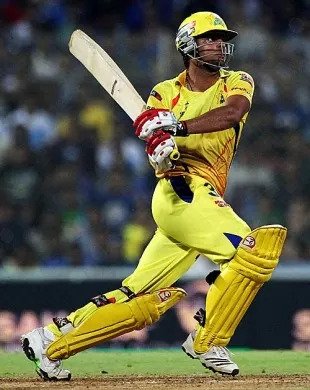
Tendulkar holed out to long-off as the required rate surpassed 12 an over, and Raina ran in a brilliant run from deep midwicket to dismiss Saurabh Tiwary. To everyone’s amazement, JP Duminy left the field, and by the time he returned, Mumbai had dropped to 55 wickets in just three overs.
Pollard also turned this into a match, scoring 22 runs off of Bollinger’s 18th over. With a long off and a mid-off that was up in the circle and so straight it was practically behind him, Morkel bowled a tight 19th over. Pollard made a catch that made it clear to him which captain that evening had played the game perfectly.
Mumbai Lost Momentum When It Mattered The Most
Mumbai Indians lost the IPL final due to an unexplained strategic blunder that will follow them for a while.
Mumbai Indians lost the IPL due to a few decisions. Both carried nothing but danger. First, Abhishek Nayar was to be sent to position three. Whatever Robin Singh and the other think tank members were thinking before asking Harbhajan Singh to bat next, if that was not a gamble, was difficult to understand, especially considering that batsmen who had been instrumental in Mumbai’s victory, such as Ambati Rayudu, Saurabh Tiwary, JP Duminy, and Kieron Pollard, should have been given preference.
Mumbai knew their captain and best batter, Sachin Tendulkar, was struggling to recover for the big match even before they had defeated Royal Challengers Bangalore in the semi-finals. The management’s decision to trust the team’s most dependable lieutenants was only fitting at that point, and Rayudu and Tiwary have performed magnificently and successfully in this role throughout the season. That duo has been so significant that they are without a doubt the Indian IPL 2010 success story.
Both Rayudu and Tiwary had used determination, gut feeling, and astute planning on multiple occasions to put Mumbai in a winning position. Tendulkar was the best teacher they could have wished for, and he deserved to receive the orange cap as a tardy birthday present. Pacing the innings appears to have been the most important instruction they took away from the master.
For a new illustration, consider the semi-final matchup with Bangalore. Tendulkar had been lost by Mumbai in the second over, and while Nayar remained steadfast to prevent any collapse, Rayudu and Tiwary forced the opposition back and took back the initiative before Pollard struck mercilessly. His 13-ball 31, which was undoubtedly the biggest turning point in the semi-finals, enabling Mumbai to amass 77 runs in the final five overs. Mumbai needed the same energy in the final.
Also Read: IPL 2020: Mumbai Indians Dominated Delhi Capitals to Crown A Record 5 Times IPL Champions

This is not to say that Nayar, an accomplished all-arounder, was unfit for the position. He was limited, though. Having missed much of the season recovering from a wrist injury, he was just participating in his third match of the year. Despite his persistent presence, Nayar did not respond to Tendulkar’s request to step it up throughout the opening ten overs. There were a few breezy swings and sly singles as a result, but that did not press the point. Nayar was most suited for a role in the lower order, which he had handled well in South Africa the previous year.
MS Dhoni interpreted Mumbai’s approach as “they tried to push their big hitters down the order so that maybe my left-arm spinner can’t bowl with the left-armer at the crease,” but it was more complex than that.
Playing percentages and selecting the bad ball to score easy runs was the main strategy. Most importantly, the other guy had to take the lead because Tendulkar was hurting.
As soon as Harbhajan returned and began swinging his bat violently, Rayudu did just that. He quickly selected the stray balls to toss over the inner ring and into the large openings, finding the ropes with ease. His upbeat demeanor made Tendulkar, who had up until then seemed aloof, release his arms. The partnership took off quickly, as 27 runs were made off of 14 balls before Tendulkar’s strike found its way to M Vijay at long off.
With Pollard and Tiwary yet to bat, there was still hope, but Mumbai’s comeback had begun belatedly. The following batsmen were under pressure and had little room for error because the asking rate was close to ten runs per over. From the opening ball, they had to pick up the pace and take risks.
Although Duminy and Tiwary were unsuccessful, Pollard almost responded to the enthusiastic applause from the entire audience by threatening to return the large purse that the Ambanis had purchased for him in a single evening. The uncertainty surrounding Lalit Modi’s future as IPL chairman also cast a shadow over the evening. Pollard’s cameo looked to break the gloom that was engulfing the IPL, injecting energy and elevating cricket back to the forefront. However, the miracle never materialized, and Mumbai paid a price for its delusion.
Robin gave an explanation of his day’s batting lineup, stating that Mumbai wanted to play Pollard kin in the last overs so he could face the quick bowlers. He obviously did not bring up Pollard’s discomfort with spin, thus there was no use putting him in the middle of Chennai‘s three spinners. However, it would have been more sensible to trust Rayudu and Tiwary to finish at the top of the order and leave Pollard and Nayar to do so. The wealthiest team in the league will be plagued by this inexplicable strategic mistake for a very long time.

